Pompeii: A City Frozen in Time
My love of history continues to live regardless of the crazy business school schedule. I miss the glorious days of 2016, when I was on a sabbatical and hopped across continents. However, in the little time that I have, my fascination with historical monuments and ruins takes priority and the first international trip from Spain that I planned, took me to Pompeii. For those who do not know much about Pompeii, read on to be inspired! You will surely add it to your list of must visit places when you visit Italy.
History:
The town of Pompeii was founded in the 6th century BC and became a Roman colony by 80 BC. The town has everything that signifies its importance as a key trading hub for the Romans -arrays of shops, alleys to allow horse carts to pass, grand city square, central market and of course, the gladiator training school.
Way back in the past, the town was situated by the sea and was a key port for the Romans, which increased its importance as a trading hub. However, Mt Vesuvius, which was located close to the town decided to show humans that Nature is much stronger and erupted in the 1st century AD, covering the town in 15- 20 feet of ash and pumice. The population of the time the eruption was 11,000. Some inhabitants could flee the city, but many succumbed to the forces of nature.
The city was frozen in time until it was excavated in 1748, when archaeologists found remains of the times gone by. While the excavations were in progress, the archaeologists discovered ‘pockets’ under the ash, created by the decomposed bodies. In order to discover what lies beneath, they filled these pockets with liquid plaster. When the plaster took shape, the final moments of life in Pompeii could be seen. Many inhabitants died due to suffocation and the casts reveal the same as many have their mouths and nose covered to stop the ash from entering their respiratory system.
Time to spend:
While some can whiz past Pompeii in just a couple of hours, others can spend an entire day and yet not feel satiated. I spent about 4 hours and think that is enough to get some bit of information about the city’s glorious past. Given a choice, I would like to budget an hour or so more, especially as I love the historical ruins. If Ankur would have been there with me, the visit would have ended in 3 hours. If Roman history interest you, I would recommend budgeting about 5 hours. If the site is just another sightseeing tour for you, 3 hours would be good.
Opening Hours:
April – October 8.00 – 19.30 (from 18.00 exit only)
November – March 8.30 – 17.30 (from 15.30 exit only )
Tips:
- While there are plenty of gates to the site, the best gate to enter the ruins is Porta Marina Superiore. This is also the place where you can find the guides and audio guide booth.
- There is parking available at the Porta Marina Superiore gate. Use the public parking and do not get fooled into using the private parking (run by the restaurants) that costs a fortune.
- The site of Pompeii involved a lot of walking – wear comfortable shoes.
- The site is open to the sky, with no shelter from the elements of nature. Carry a hat if you are coming here in summers and an umbrella or a jacket if you are visiting in winters.
- There is a restaurant inside the old city where you can get yourself some and a few other snacks. This restaurant is close to the ‘gladiator training’ school. However, I would recommend carrying your bottle of water and some snacks along with you.
Costs:
The ticket to Pompeii cost EUR 13. If you are visiting the site during the summer months, I would recommend buying the ticket online in advance. However, during the non-touristy months, you can simply show up at the gates and buy your ticket.
The audio guide costs EUR 6.5 and you also have the option of hiring a guide. Typically, the guides take 2-2.5 hours to show you the main sites of Pompeii. I always prefer human interaction and thus, took the guide when I visited. The guide usually charges EUR 100 per group. Hence, if it is just 2 or 3 of you, ask him to put together a group to ensure that you do not have to bear the entire cost by yourself.
I would highly recommend visiting Pompeii if you are in Southern Italy. The site is easily accessible by bus, train and car. It takes about 30 minutes to reach Pompeii from the Naples airport. I rented a car when I landed and preferred driving to get to the site. If you are planning a trip to the Amalfi, do budget time for Pompeii, which can be easily accessed from the beautiful seaside town of Sorrento.
The official website to Pompeii can be accessed by clicking here. The tickets to the site can be booked by clicking here.
Walk through Pomepii and imagine the times gone by…happy exploring!



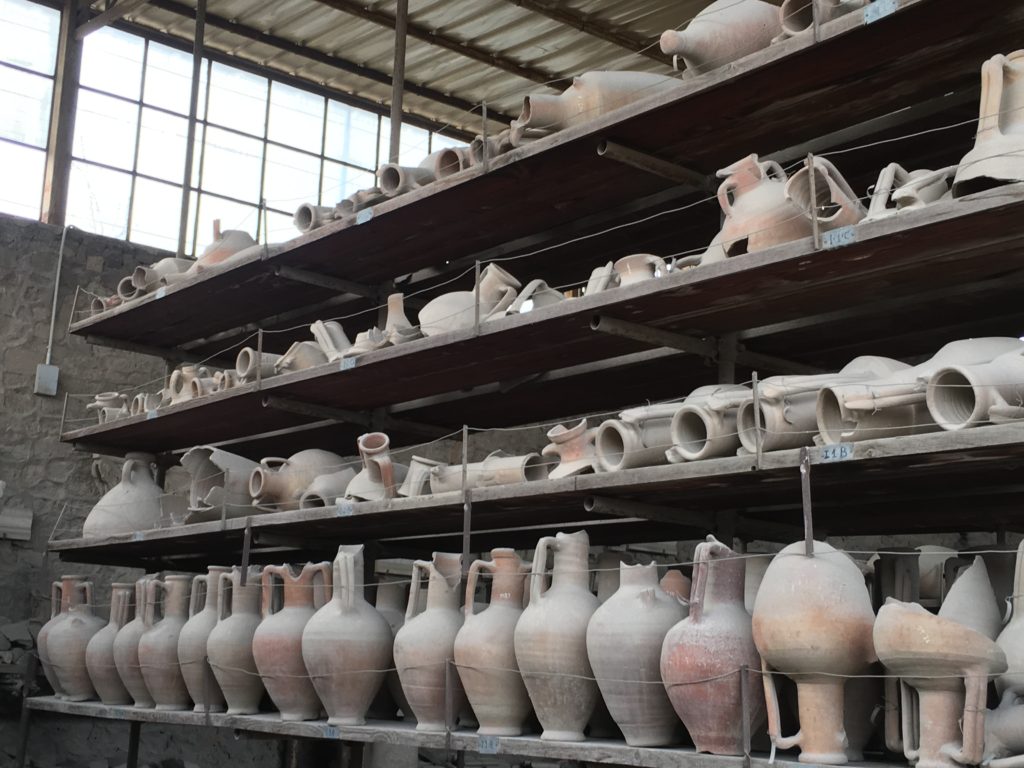
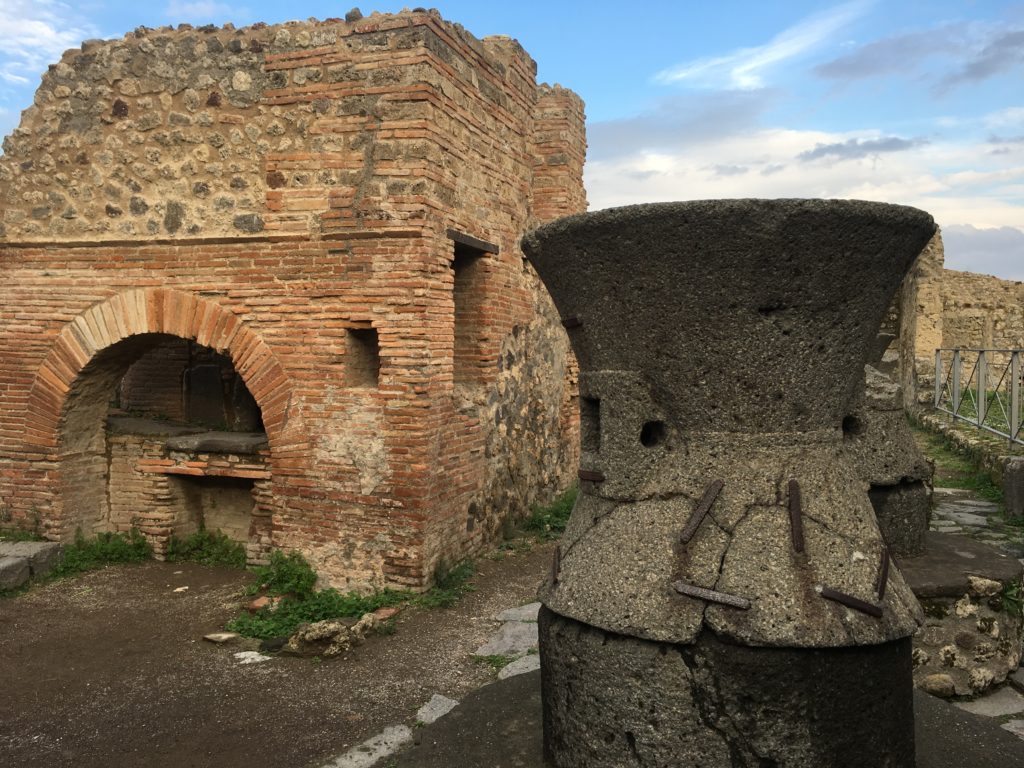

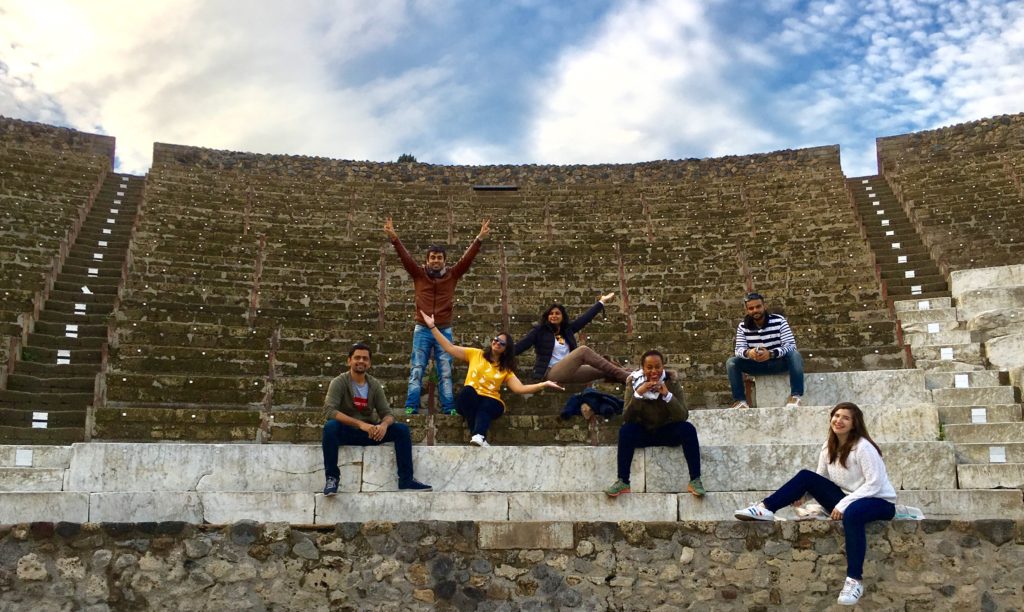

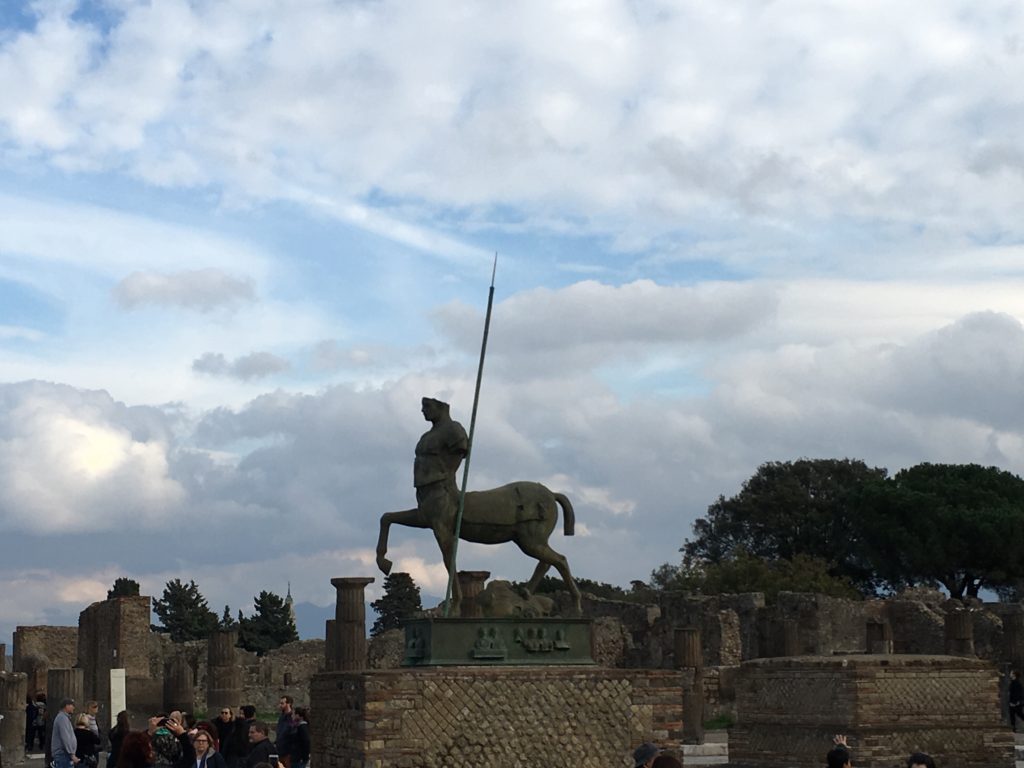
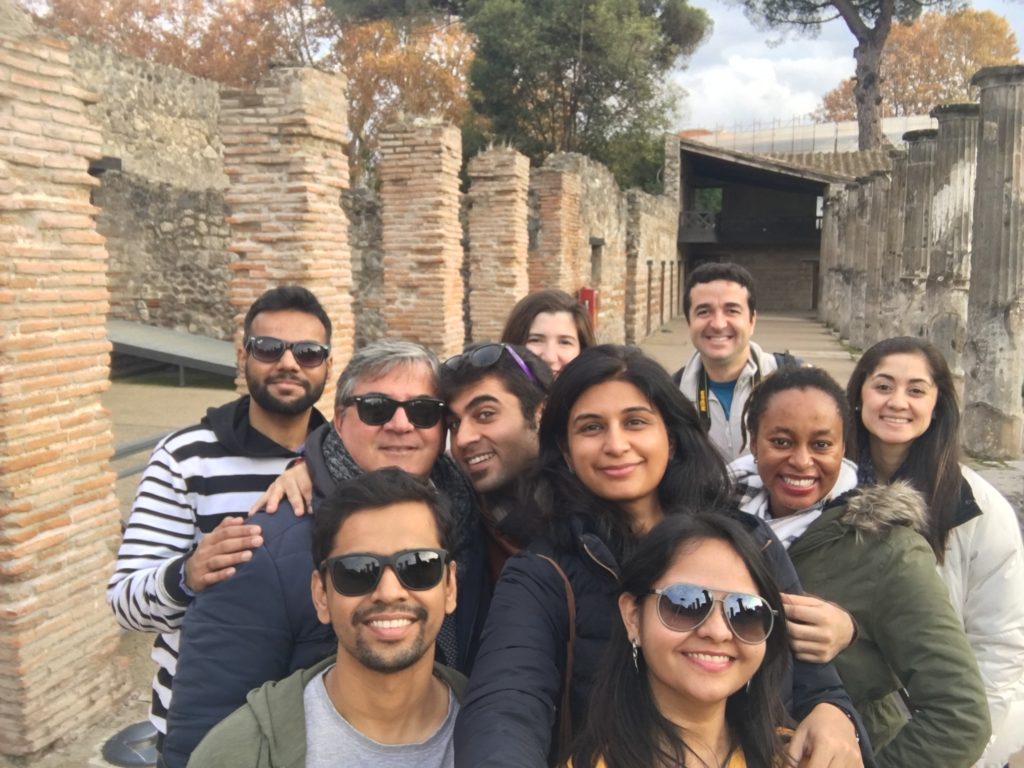









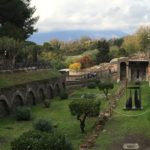


wow really good wonderful place really nic attractive n all thanks for sharing a a lot information… thanks a lot…………..!
Pompeii seems so magnificent and remarkable, Sonia. I really hope to cross it off my bucket list soon. When’s the best time of the year to explore it?